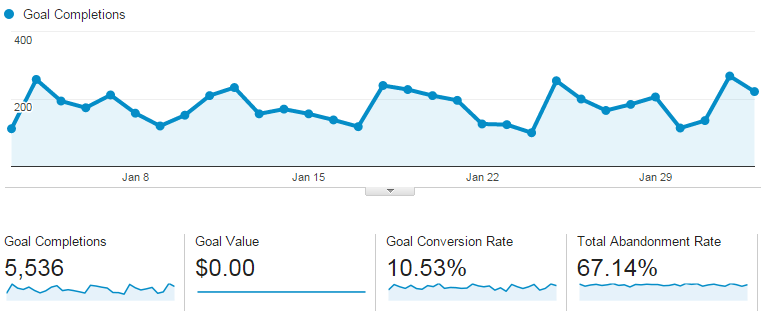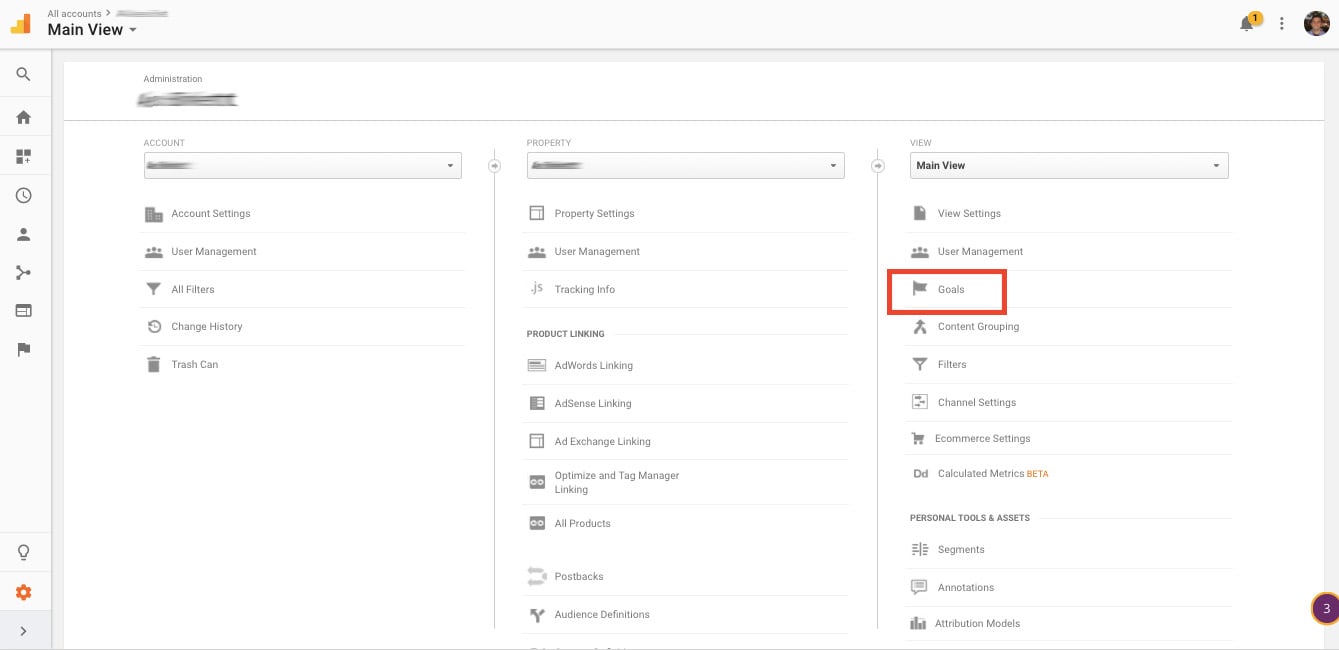Discover What Data Is Google Analytics Goals Unable to Track
Discover What Data Is Google Analytics Goals Unable to Track
Blog Article
Debunking Google Analytics Limitations: Reveal What Data Goals Can not Track
In the world of digital analytics, Google Analytics stands as a powerful device that offers beneficial insights into website performance and user habits. Amidst its capacities, there exist restrictions that frequently go undetected. Recognizing what Google Analytics can not track is vital for an extensive understanding of information analysis and decision-making procedures. From the ins and outs of individual interaction with vibrant content to the complexities of cross-device user trips, these restrictions clarified areas that may remain obscured from conventional analytics point of views. By deciphering these restrictions, a clearer photo arises, permitting for more educated methods and refined understandings right into individual interaction and conversions.

Individual Interaction With Dynamic Web Content
User interaction with vibrant web content plays an essential function in recognizing individual actions on internet sites and optimizing the general customer experience. By tracking user interactions with dynamic web content, website owners can gain important understandings right into user interaction, choices, and behaviors - what data is google analytics goals unable to track.
Google Analytics offers numerous devices to track individual communications with dynamic web content, such as event tracking and digital pageviews. Occasion tracking allows you to keep an eye on details user actions, like clicking a switch or enjoying a video clip, offering information on how customers communicate with vibrant aspects.
Cross-Device User Journeys
Just how can contemporary analytics devices track the complicated courses individuals take across numerous gadgets in their online journeys? Cross-device customer journeys offer a substantial challenge for monitoring and examining user actions precisely. As individuals interact with internet sites or apps utilizing various devices such as tablet computers, smart devices, and desktops, it ends up being vital to understand just how they relocate between these systems to enhance customer experience effectively.
Google Analytics faces restrictions in tracking cross-device individual trips as a result of personal privacy problems and technological restraints - what data is google analytics goals unable to track. While it can provide insights into individual devices' interactions, tracking a seamless user trip throughout numerous tools continues to be an obstacle. This constraint can cause insufficient information and fragmented individual understandings, making it hard for businesses to create a unified view of the client journey
To resolve this concern, businesses can use innovative analytics tools that supply cross-device monitoring capacities, permitting them to get a much more holistic understanding of user actions. By leveraging these devices, companies can bridge the void in tracking cross-device customer journeys and optimize their digital techniques for a smooth customer experience.
Offline Conversions and Acknowledgment
As services navigate the challenges of tracking cross-device customer journeys, another pivotal facet to take into consideration is the world of offline conversions and attribution in the world of data analytics. While Google Analytics supplies useful understandings right into on-line individual behavior, it drops short when it pertains to tracking conversions that occur offline. This constraint presents a significant obstacle for companies that have both online and offline sales networks.
Offline conversions, such as purchases made in physical shops or through telephone call centers, are important to comprehending the complete client trip. Without the capability to connect these offline conversions to certain online communications, businesses might struggle to properly measure the effect of their electronic advertising and marketing efforts.
To resolve this void, companies can discover alternative remedies such as integrating CRM systems with on-line analytics tools or using unique promo codes that can be traced back to on the internet projects. By bridging the gap in between moved here online and offline information, companies can get an extra extensive understanding of their clients' actions and boost their overall advertising approaches.
Individual Individual Recognition
In the world of information analytics, the capability to precisely recognize individual users across different online touchpoints is an important challenge for organizations looking for to customize and optimize their advertising approaches. While Google Analytics provides valuable insights into user behavior and interactions, it falls short in enabling the identification of particular individuals as a result of personal privacy concerns and technological constraints. Google Analytics makes use of one-of-a-kind identifiers such as cookies to track customer sessions and actions, yet these do not relate to recognizing specific customers in an individual sense.

Information From Secure Pages
In spite of the increasing frequency of safe pages on internet sites, acquiring data from these encrypted resources provides an one-of-a-kind difficulty find here for digital analytics systems like Google Analytics. Protect web pages, suggested by HTTPS in the link, secure data exchanged in between the individual's browser and the internet site's server to ensure personal privacy and safety. While this encryption is essential for shielding delicate details, it likewise positions limitations for tracking user habits and gathering analytics information.
Google Analytics deals with obstacles in collecting detailed details from safe pages because of the file encryption procedures in place. Consequently, certain data factors such as reference sources, keyword searches, and even some customer interactions may not be fully captured when individuals access a website through a secure link. This limitation can influence the accuracy and efficiency of the information analysis, resulting in voids in understanding individual actions and choices on protected web pages.
To browse this challenge, digital experts may need to discover alternate tracking techniques or take advantage of various other tools particularly designed to gather understandings from protected web pages. By adjusting techniques to fit these restrictions, services can still acquire valuable analytics despite the constraints presented look at here by encrypted connections.
Conclusion
In conclusion, Google Analytics has limitations in tracking user interaction with dynamic web content, cross-device customer trips, offline conversions, specific customer identification, and data from protected pages. These constraints prevent a comprehensive understanding of individual habits and might bring about voids in information evaluation. Regardless of its useful insights, Google Analytics may not provide a complete image of customer involvement throughout different touchpoints. It is crucial for organizations to be familiar with these limitations and consider additional tools for an extra alternative sight of their data.
User communication with dynamic content plays a vital duty in comprehending user habits on sites and optimizing the total user experience. By tracking user interactions with dynamic content, website owners can get important insights into individual involvement, preferences, and habits.
Google Analytics makes use of special identifiers such as cookies to track user sessions and habits, yet these do not equate to determining specific users in an individual feeling.
As a result, certain information factors such as reference resources, keyword searches, and even some individual interactions may not be completely caught when users access an internet site with a secure connection.In conclusion, Google Analytics has restrictions in tracking individual interaction with vibrant material, cross-device individual journeys, offline conversions, private customer identification, and information from secure pages.
Report this page